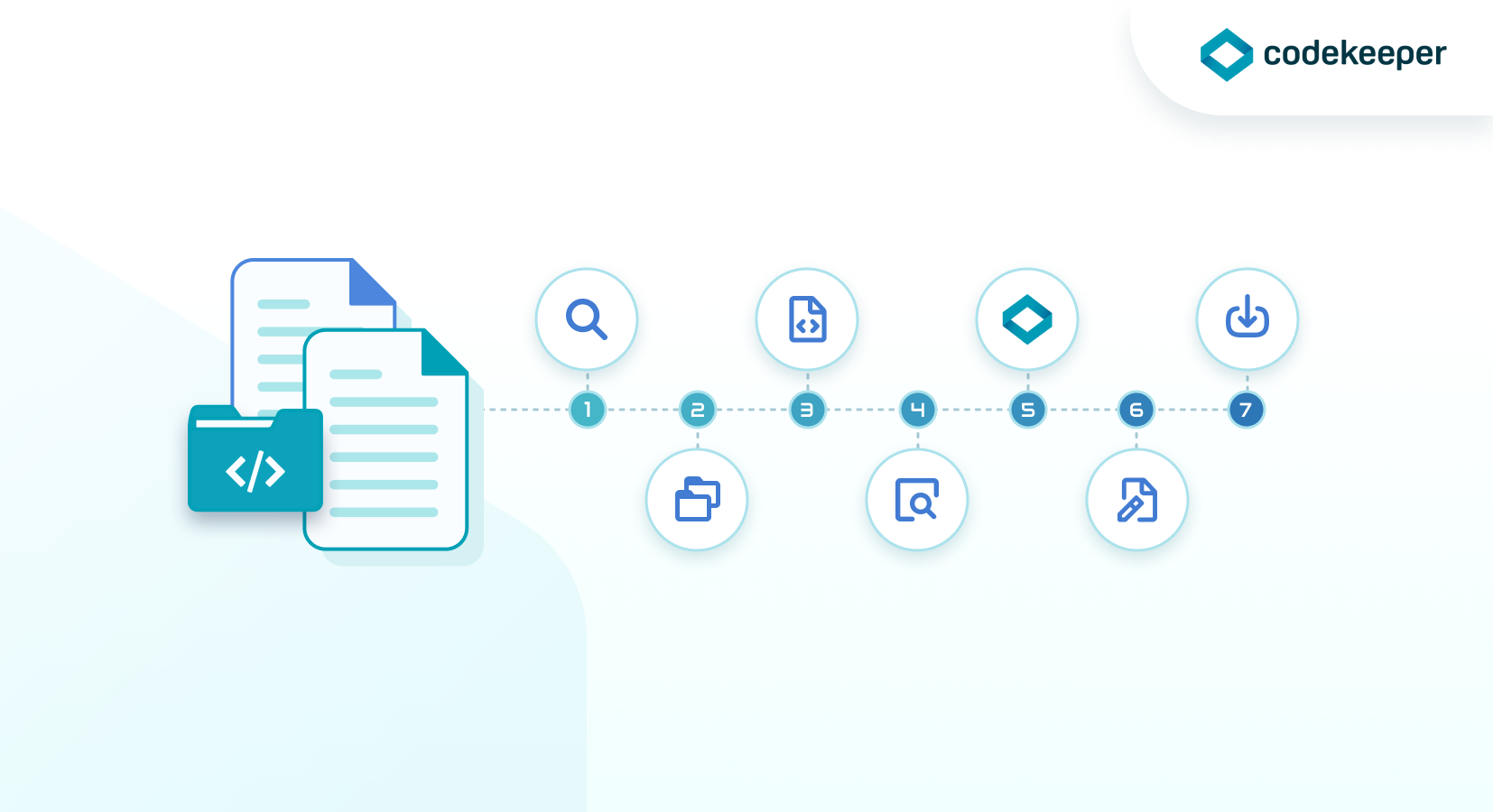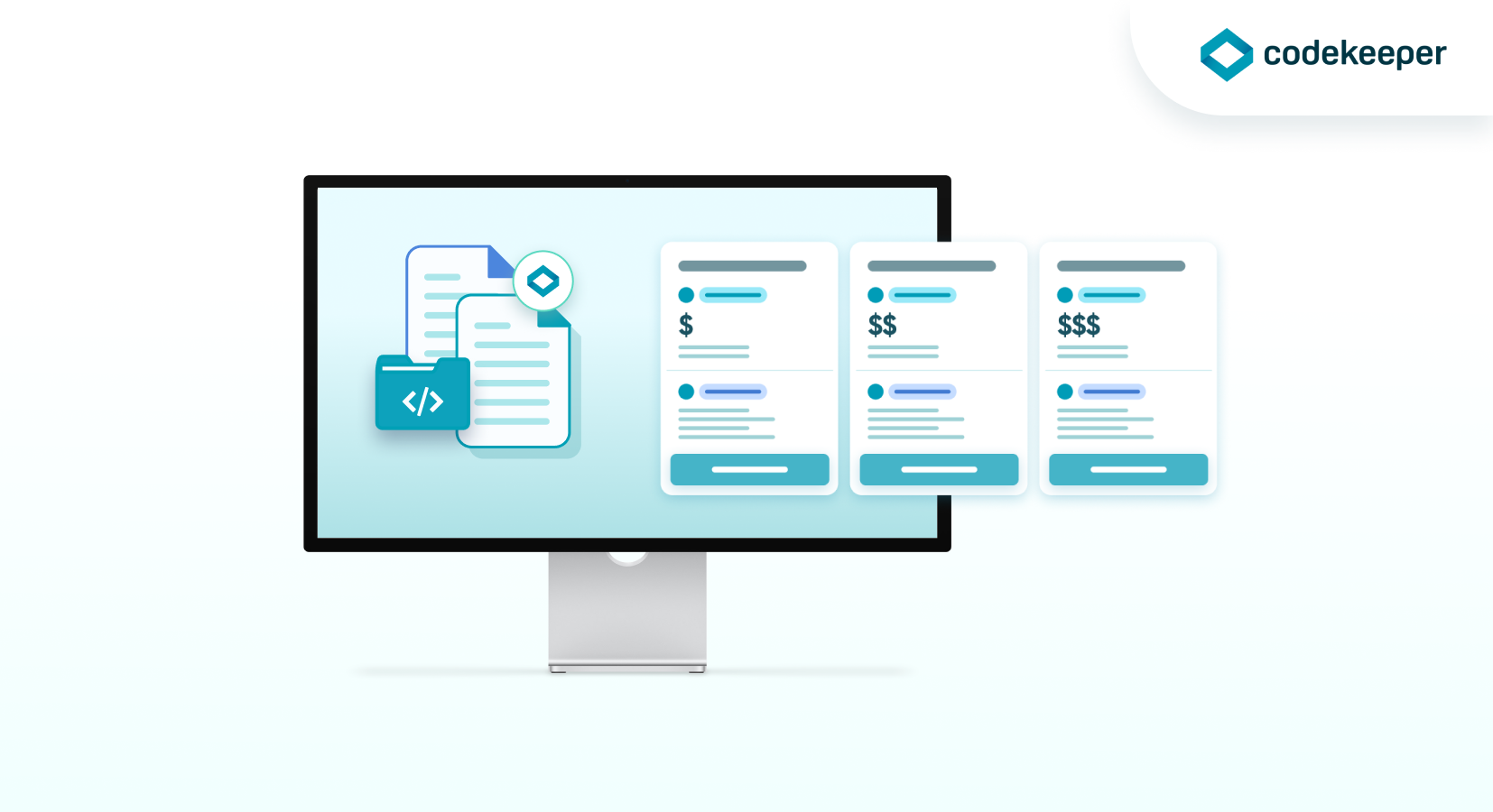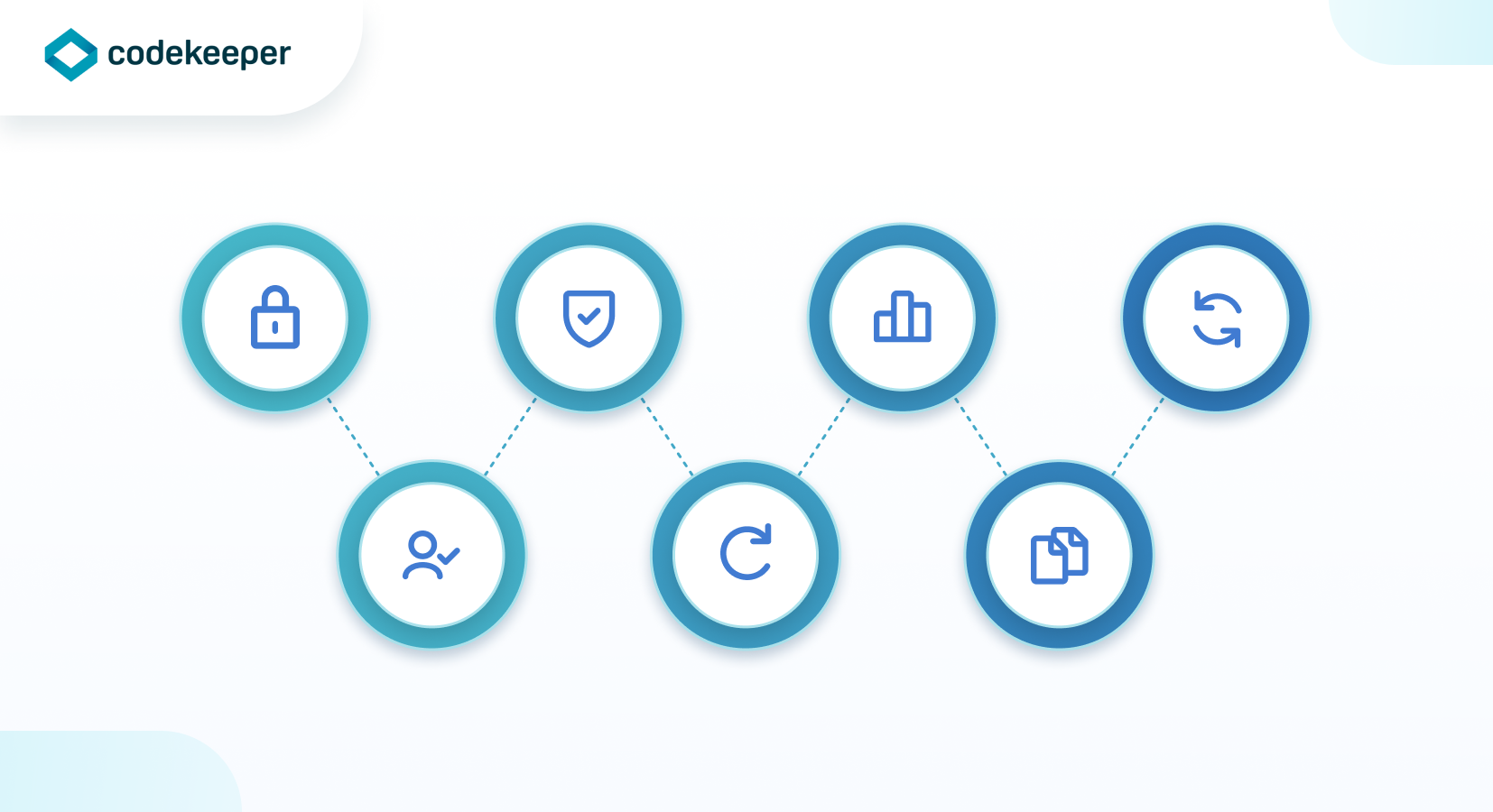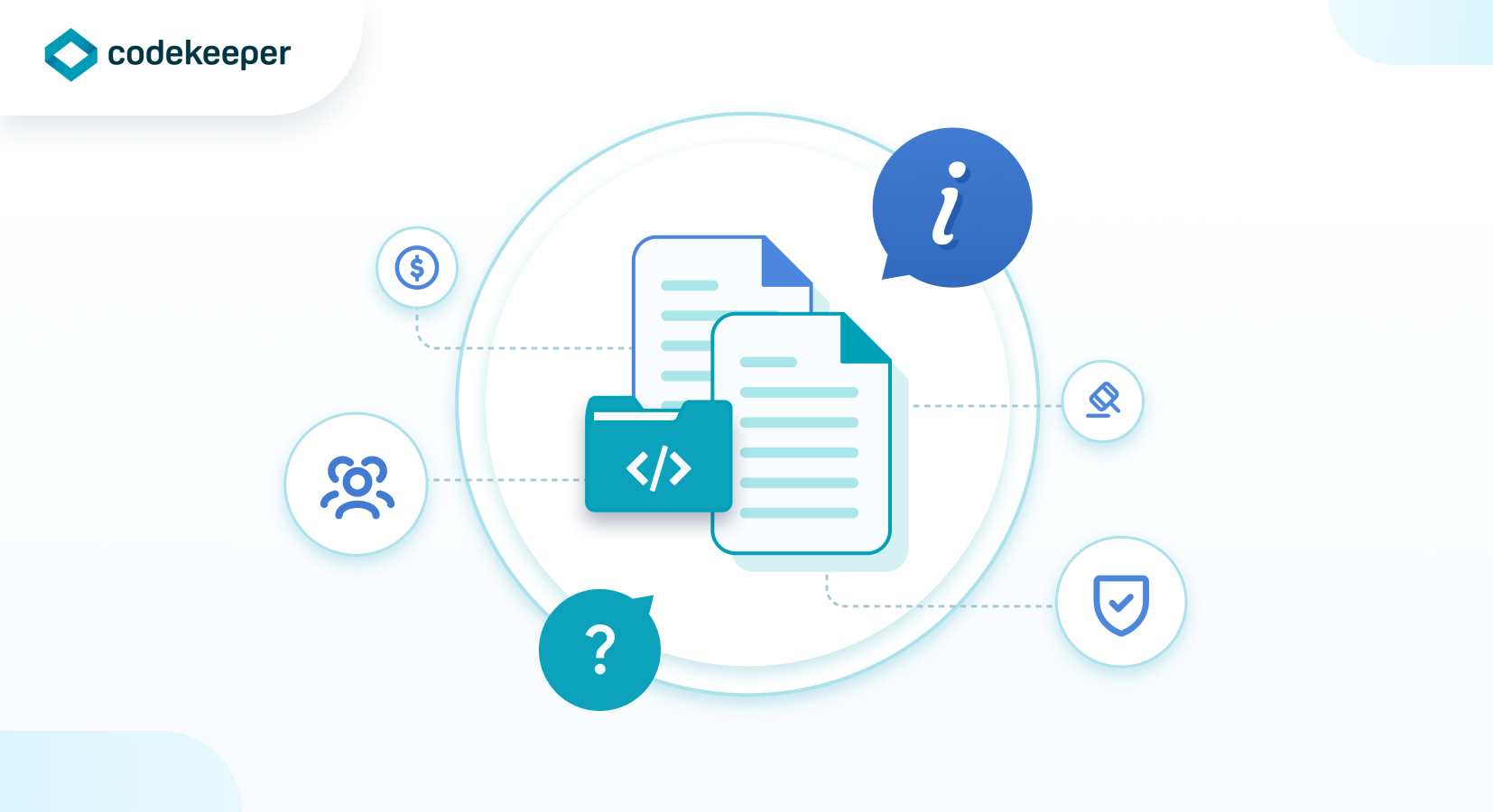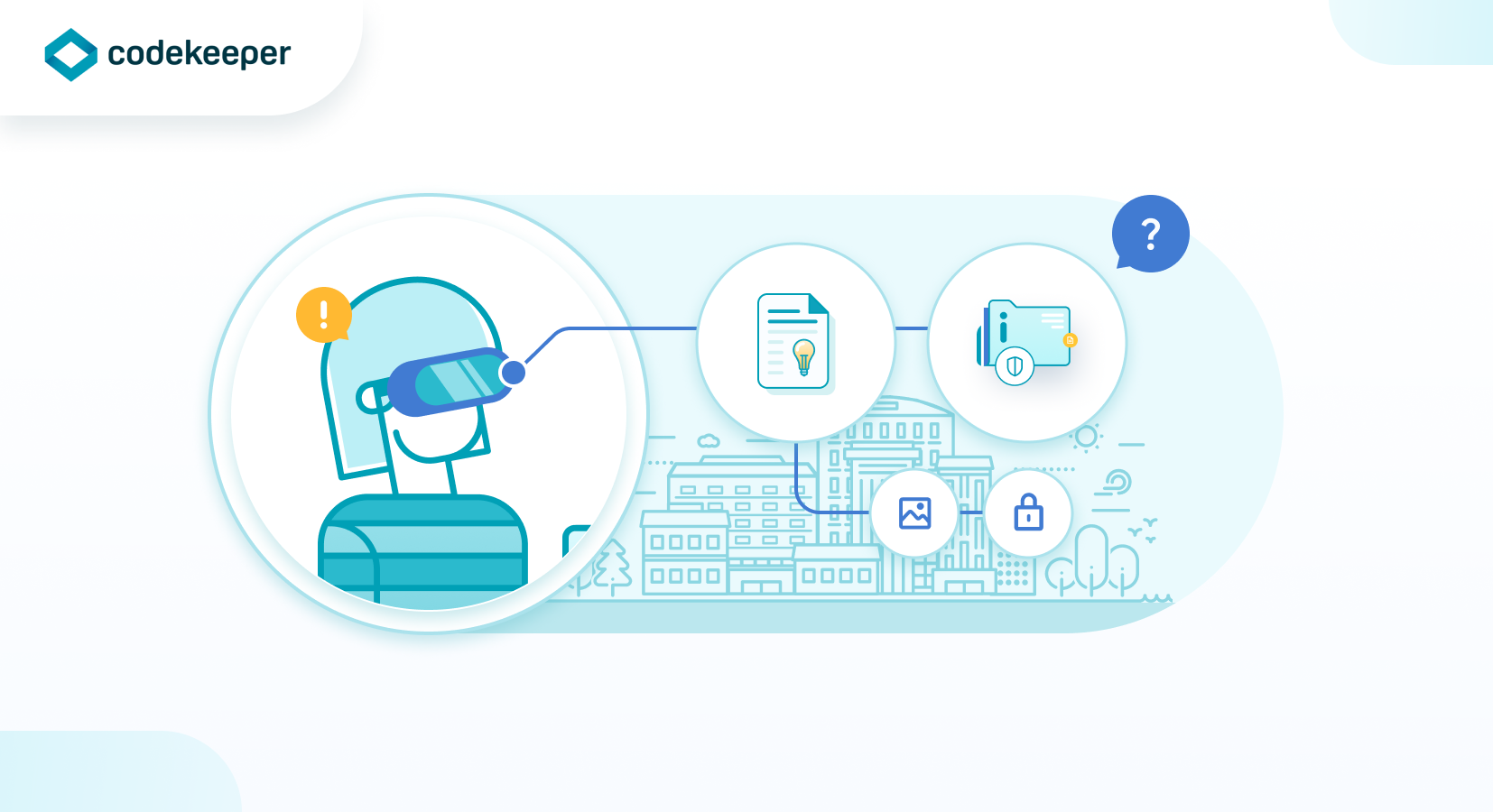In today's interconnected digital landscape, organizations increasingly rely on third-party software components and services to enhance their operations and deliver cutting-edge products. While these third-party dependencies offer numerous benefits, such as cost savings and faster development cycles, they can also introduce potential risks and vulnerabilities. In this article, we will explore the challenges associated with third-party dependencies and discuss strategies for managing and mitigating these risks to ensure business continuity and stability.
The Challenges of Third-Party Dependencies
- Loss of control: Relying on third-party software and services can result in a loss of control over critical aspects of your business, such as data security, software maintenance, and updates.
- Vendor lock-in: Organizations may become dependent on a specific vendor's technology, making it challenging to switch to alternative solutions without incurring significant costs and disruptions.
- Supplier issues: The financial or operational stability of third-party suppliers may be uncertain, which could lead to service disruptions, discontinued support, or even bankruptcy.
- Compatibility and integration issues: Integrating third-party components with existing systems and applications can be complex, leading to potential compatibility issues and increased maintenance efforts.
